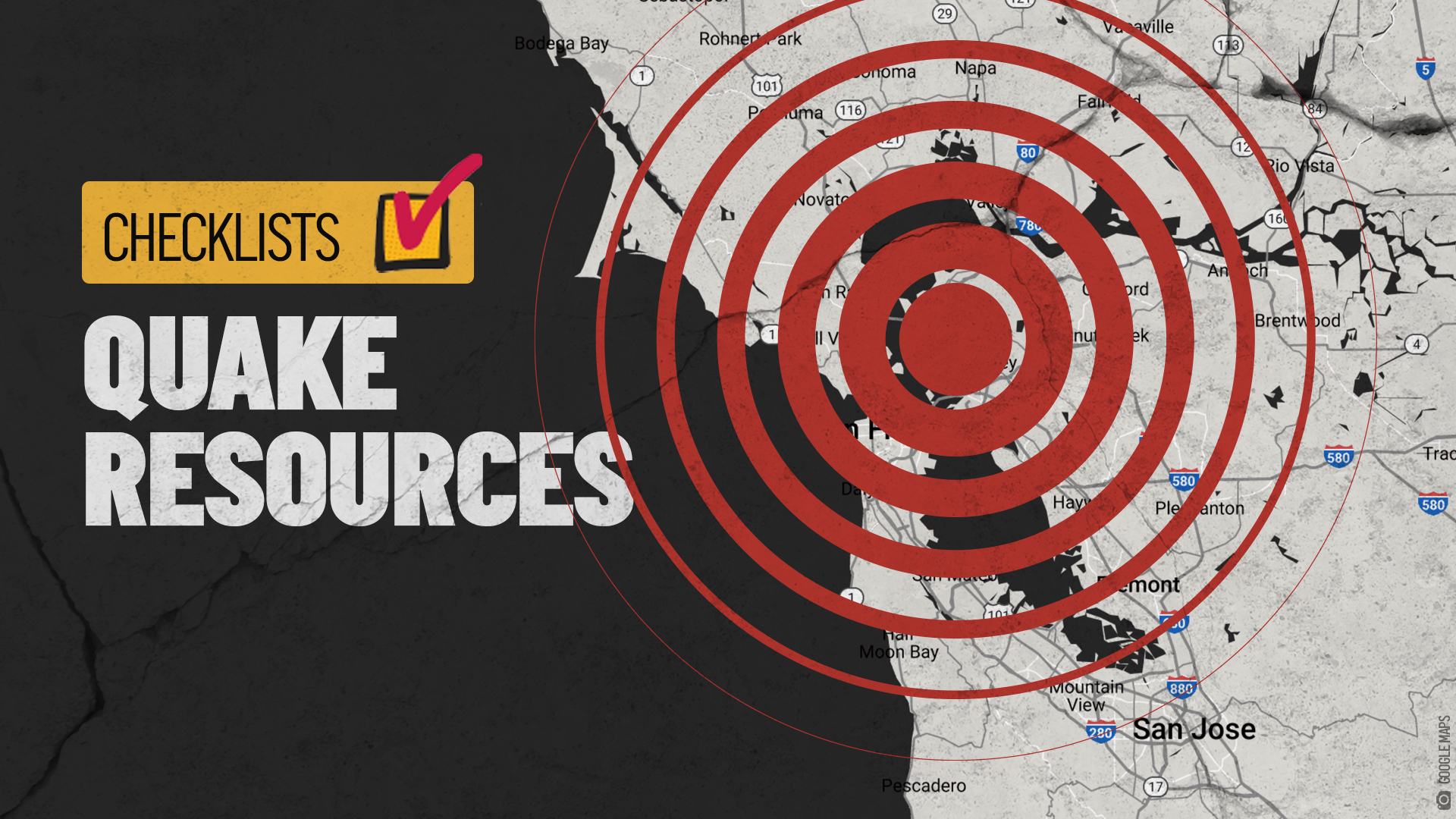A 5.1 magnitude earthquake jolted the Bay Area late Tuesday morning, rattling nerves but not appearing to cause any significant damage.
The quake hit at 11:42 a.m. and was centered 12.1 miles east of San Jose, according to the United States Geological Survey. It was followed by a 2.9 magnitude aftershock at 11:47 a.m. and a 3.5 magnitude aftershock at 3:08 p.m., among others.
Annemarie Baltay, a seismologist with the USGS, said the location of the epicenter suggests the quake occurred within the Calaveras fault zone.
Shaking was "widely felt," Baltay said, adding that there were over 18,000 "did you feel it?" reports as of 1 p.m. Those reports came from as far away as Central California, Sacramento and Sonoma County.
Get a weekly recap of the latest San Francisco Bay Area housing news. Sign up for NBC Bay Area’s Housing Deconstructed newsletter.
"Ground shaking appears to have been slightly less than our models expected for this magnitude earthquake," Baltay said.
The 5.1 magnitude temblor marked the largest earthquake in the Bay Area since the 2014 Napa quake, a magnitude 6.0. Seismologist Dr. Lucy Jones said Tuesday's quake was the largest temblor reported in the South Bay since a 5.4 magnitude quake struck the Alum Rock area in 2007.
There is a one-in-100 chance of an aftershock greater than a magnitude 5.0 happening in the next day, according to Baltay. There could be 10 to 15 aftershocks of magnitude 3.0 or greater over the next week.
"Aftershocks of this magnitude and duration are totally normal for an event of this type," Baltay said.
The 138-mile long Calaveras fault is a major branch of the San Andreas fault and runs from San Juan Bautista in the south to San Ramon in the north, Jones said.
Numerous moderate earthquakes have occurred along the Calaveras fault, including the 6.2 Morgan Hill earthquake in 1984, Baltay said.
Lynn Meyer of Morgan Hill, a Bay Area native who lived through the 6.9 magnitude Loma Prieta earthquake in 1989, said Tuesday's shaking was "beyond anything I ever can recall."
She said she was walking in from her garage when she heard what she thought was a bomb going off.
"I thought there was an explosion," she said. "The sound was thunderous."
As she continued through the door, a floor lamp fell over and almost hit her.
"Everything started shaking tremendously and I realized, 'Oh, I'm in a big, major earthquake,'" she said.
Meyer was not injured, but two mirrors in her home came crashing down.
Nearly 100,000 people reported receiving a warning before the shaking started through California’s earthquake early warning system, according to the California Governor’s Office of Emergency Services, or Cal OES.
“Advance notice varied from two seconds for those very near the epicenter to 18 seconds for those in San Francisco,” the agency said.
Several commuter train companies, including Caltrain and BART, held trains to check for damage. BART returned to normal service by early afternoon.
The San Jose Unified School District said there wasn't any damage or injuries to anyone at its schools.
You can track earthquakes in the Bay Area using our Earthquake Tracker.
The Associated Press contributed to this report.


